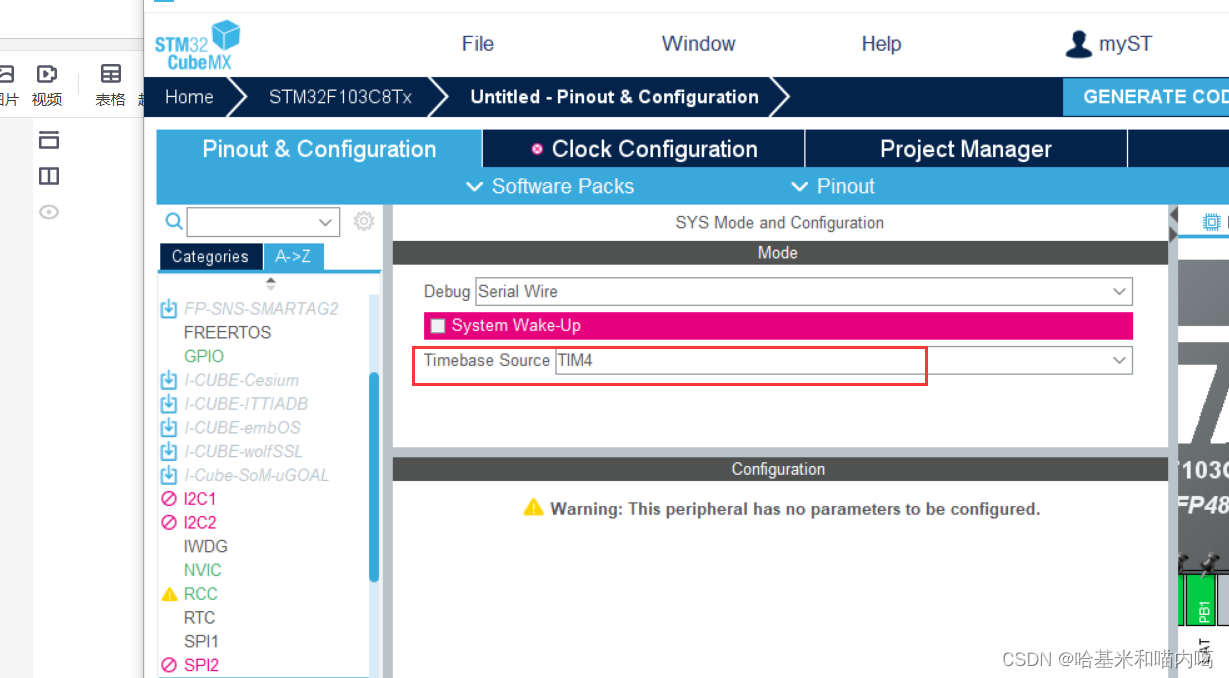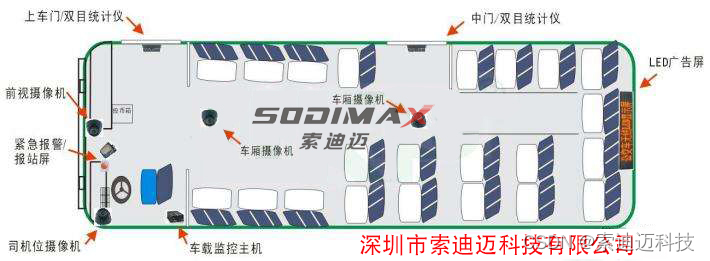目录
stack的定义
stack容器内元素的访问
stack常用函数实例解析
stack的常见用途
stack的定义
其定义的写法和其他STL容器相同,typename可以任意基本类型或容器:
stack<typename> name;stack容器内元素的访问
由于栈本身就是一种后进先出的数据结构,在STL的stack中只能通过top()来访问栈顶元素。
#include<iostream>
#include<stack>
using namespace std;
int main(){
stack<int> st;
for(int i=1;i<=5;i++){
st.push(i);
}
printf("%d\n",st.top());
return 0;
}stack常用函数实例解析
(1)push()
push(x)将x入栈,时间复杂度为
(2)top()
top()获得栈顶元素,时间复杂度为
(3)pop()
pop()用以弹出栈顶元素,时间复杂度为
#include<stdio.h>
#include<stack>
using namespace std;
int main(){
stack<int> st;
for(int i=1;i<=5;i++){
st.push(i);
}
for(int i=1;i<=3;i++){
st.pop();
}
printf("%d\n",st.top());
return 0;
}(4)empty()
empty()可以检测stack内是否为空,返回true为空,返回false为非空,时间复杂度为
#include<iostream>
#include<stack>
using namespace std;
int main(){
stack<int> st;
if(st.empty()==true){
printf("Empty\n");
}
else{
printf("Not Empty\n");
}
st.push(1);
if(st.empty()==true){
printf("Empty\n");
}
else{
printf("Not Empty\n");
}
return 0;
}(5)size()
size()返回stack内元素的个数,时间复杂度为
#include<stdio.h>
#include<stack>
using namespace std;
int main(){
stack<int> st;
for(int i=1;i<=5;i++){
st.push(i);
}
printf("%d\n",st.size());
return 0;
}stack的常见用途
stack用来模拟实现一些递归,防止程序对栈内存的限制而导致程序运行出错。


![[测试开发]如何让IDEA实时显示内存](https://img-blog.csdnimg.cn/direct/1e4e669e16dc4707bb75d95985b56acf.jpeg)

![[双指针] --- 快乐数 盛最多水的容器](https://img-blog.csdnimg.cn/direct/c5e6e191c4924779aaca0cf315c83c54.gif)














